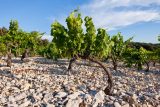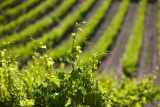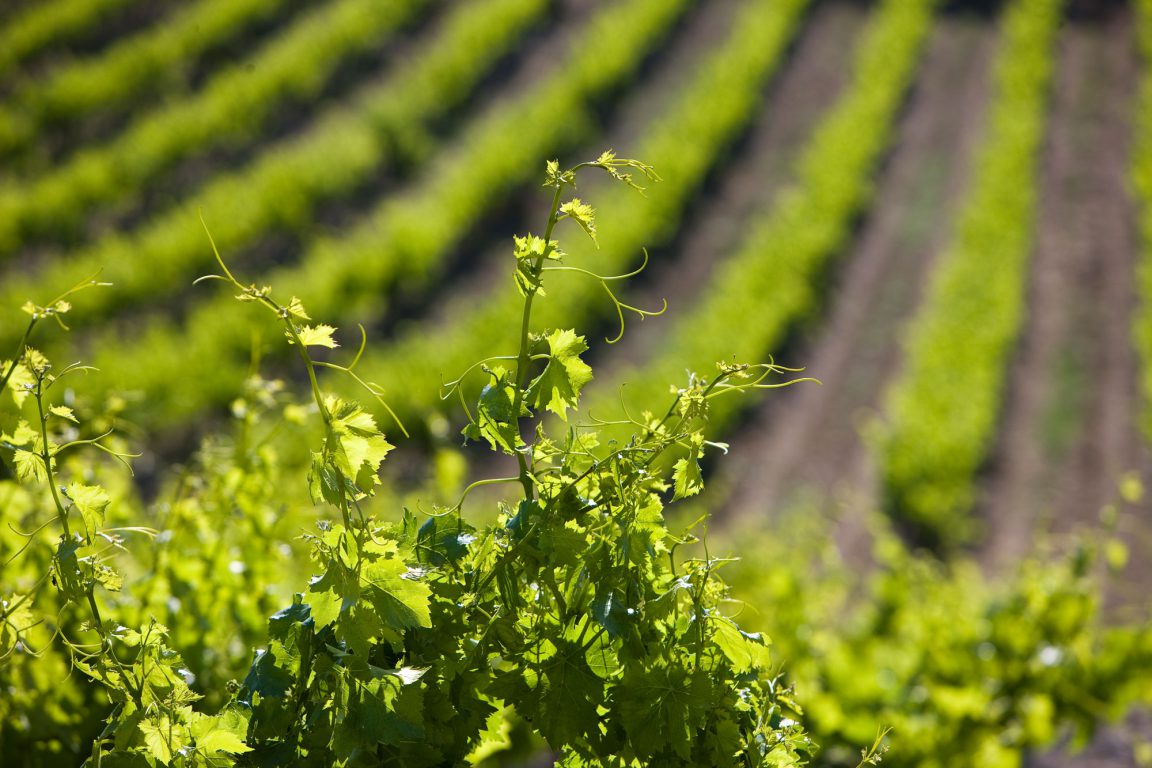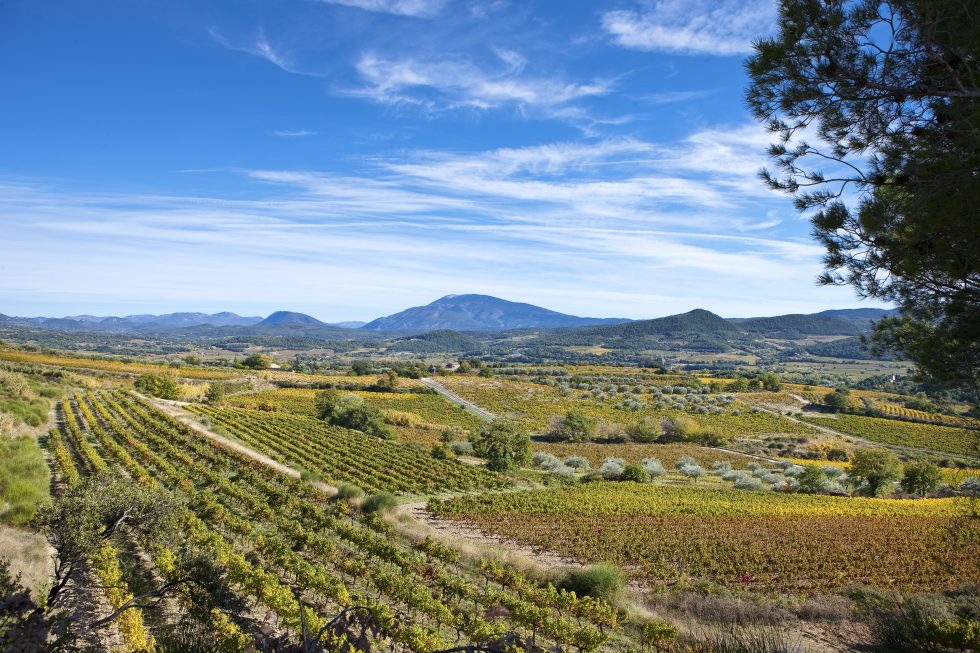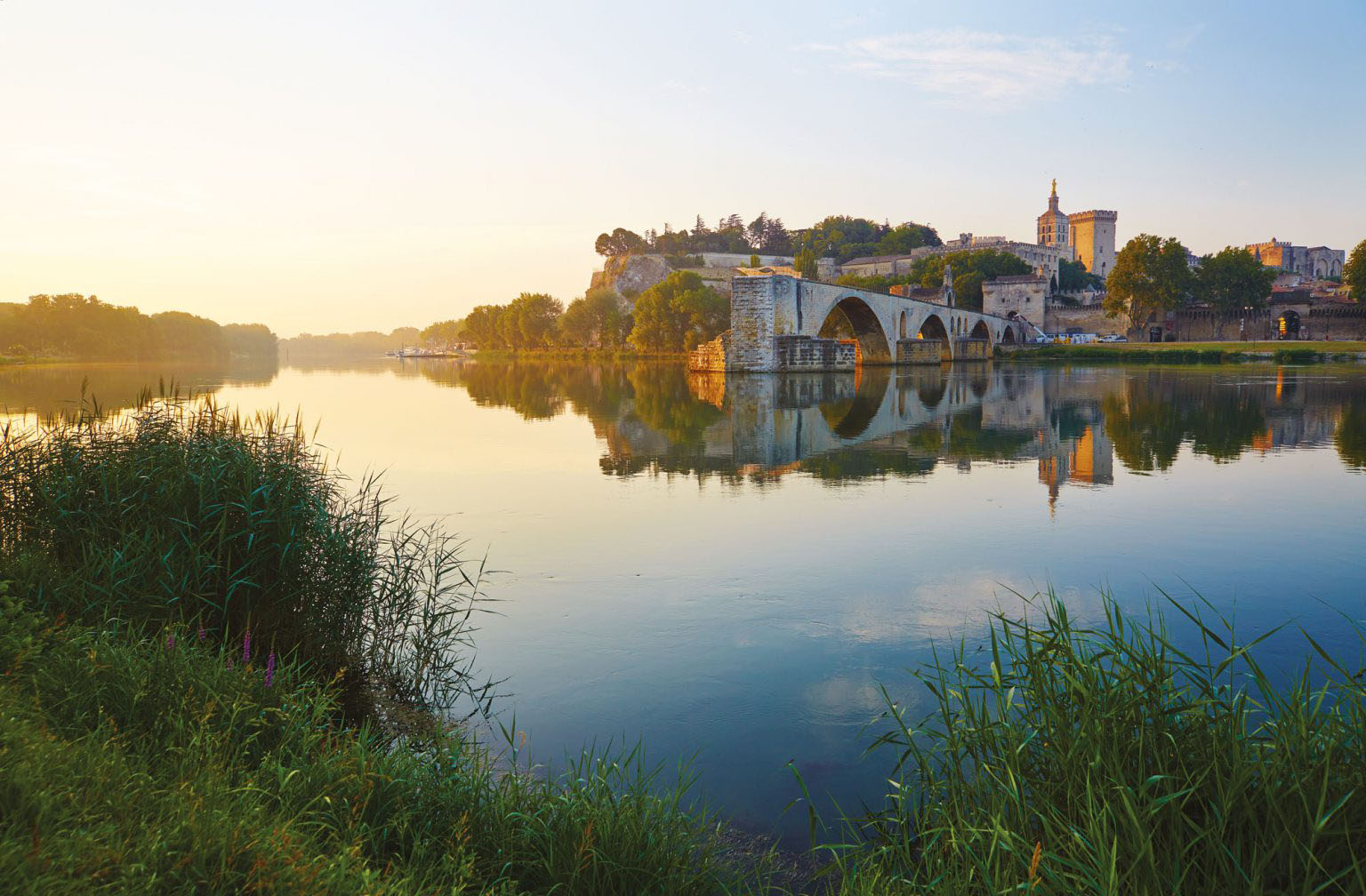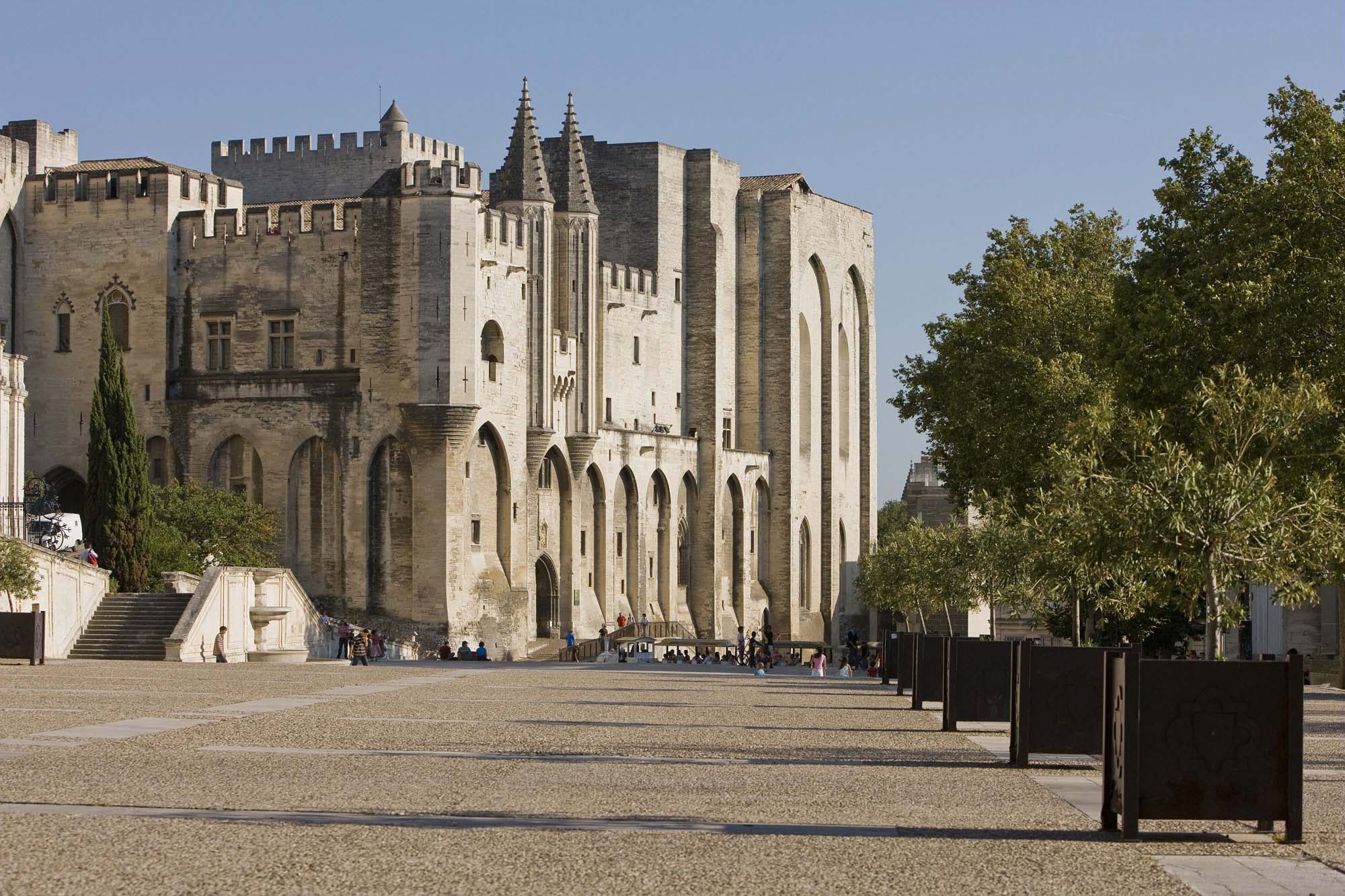What do you mean by the Côtes du Rhône regional appellation?
The regional appellation is the one that makes and sells wines marked ‘Côtes du Rhône’ with no mention of villages. It currently covers 171 winemaking villages, and wines are available in red, white and rosé.
They are largely blended, and unusually, even white grapes can be used in red blends.
The main varietals are Grenache, Mourvèdre and Syrah for reds, and Bourboulenc, Clairette, Grenache Blanc, Marsanne, Roussanne and Viognier for whites. Secondary varietals include Carignan, Cinsault, Clairette, Grenache Blanc and Gris and Ugni Blanc.
Yields are limited to 51 hl per hectare to ensure wines are of the required standard.
This appellation alone manages to reflect the huge variety of terroirs that exist in the Côtes du Rhône, and makes up the base of the Côtes du Rhône ‘quality pyramid.’ It can act as a springboard for wines that want to rise up the ranks, moving initially to Côtes du Rhône Villages status (first without, then with, village name), and then on to Cru.





